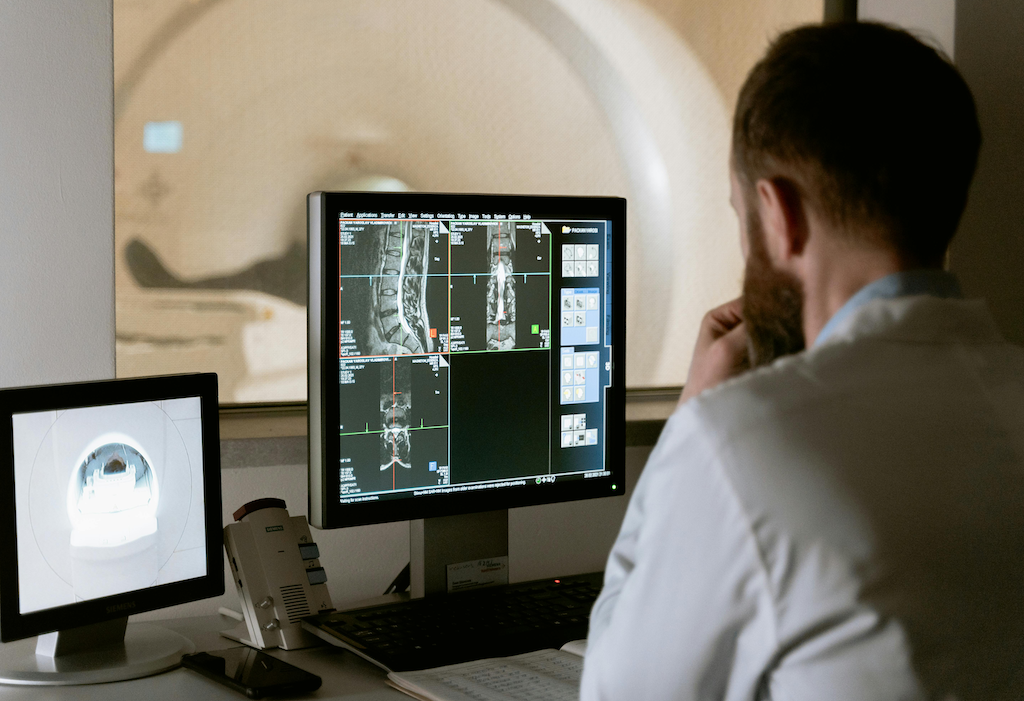Diabetes is the seventh most prevalent cause of death in America. Type 1 and 2 diabetes present with excessively high blood sugar, but the cause, development, and progression are different.
Type 1 Diabetes
Type 1 diabetes is often diagnosed when you’re a child and isn’t associated with obesity. When diagnosed, people with type 1 diabetes often have higher ketone levels and the disease cannot be controlled without insulin. This type of diabetes is an autoimmune disease, causing the body’s immune system to attack your insulin-producing beta cells. The cause of this mistaken attack is unknown, and there is no cure. If you have type 1 diabetes, you have to inject insulin or use an insulin pump to compensate for the loss of beta cells.
According to the American Diabetes Association, approximately 1.25 million people in the U.S. have type 1 diabetes. And 40,000 people are diagnosed with this autoimmune disease every year. It’s not reversible or preventable and requires treatment in the form of insulin therapy.
Type 2 Diabetes
Type 2 diabetes is not an autoimmune disease – your body’s defenses do not attack-producing cells. Instead, your body becomes resistant to insulin, so fails to respond appropriately to insulin. The body tries to compensate by producing more insulin, but it can’t produce enough and eventually the cells can die off because of the unmanageable stress of producing an excessive amount of insulin. If you become insulin resistant, you’ll need to be treated with insulin, but often, people with type 2 diabetes can manage their condition with diet and blood-glucose monitoring.
Type 2 diabetes is far more common than type 1. The American Diabetes Association tells us that there are over 19 million Americans with type 2 diabetes. That’s almost 10 percent of the population! And there are around 1.5 million new cases diagnosed each year.
Can You Prevent Diabetes?
Only type 2. Type 1 is not caused by your lifestyle, so cannot be prevented. However, if you follow a preventive health routine and use a health care app like Healthdom, type 2 diabetes can generally be avoided. The key to preventing this condition is to carefully monitor your biometrics and general health and to make sure you lead a healthy lifestyle. You’ll need to follow a healthy diet and make sure you get plenty of exercise. Avoid processed or refined foods and instead eat a whole food diet consisting of fresh vegetables and lean protein.
Other Types of Diabetes:
Gestational Diabetes
Gestational diabetes occurs during pregnancy when the expectant mother’s blood sugar is excessively high. The prevalence among American pregnancies is estimated to be 9.2 percent. Although more study and knowledge is required, it’s thought gestational diabetes occurs because the hormones from the placenta that help the baby develop block the action of the mom’s insulin, causing temporary insulin resistance. She therefore needs up to three times more insulin than before she conceived. If her body cannot make all the extra insulin she requires, her blood sugar rises, and she has gestational diabetes that requires insulin therapy. Women who experience gestational diabetes are also at risk of developing type 2 diabetes later in life.
Latent Autoimmune Diabetes of Adults
LADA is also termed type 1.5 diabetes because it combines features of both type 1 and type 2 diabetes. With this rare type of diabetes, the immune system attacks the beta cells in the pancreas and the patient’s body can develop insulin resistance. With LADA, the progression of the destruction of the insulin cells in slower than type 1. In the early stages, LADA can usually be managed with diet and exercise, although eventually most sufferers need insulin therapy.
Maturity Onset Diabetes of the Young
MODY is a rare form of diabetes that’s diagnosed in people under 30 and that’s caused by a single gene mutation. For effective treatment of MODY, genetic testing is necessary to find out exactly which gene carries the change, as this dictates what treatment is necessary. Some types require insulin therapy, others can be treated with insulin-boosting medication, and one form does not require any treatment.
Neonatal Diabetes
Neonatal diabetes occurs in babies under 6 months. This is another condition caused by a change in a specific gene. In some cases, it’s temporary, in others, it’s a lifelong condition, and sometimes it disappears in infancy and reoccurs in adolescence. Just like MODY, if neonatal diabetes is suspected, a genetic test is necessary to ascertain which gene is causing the condition to deliver the appropriate treatment.
While type 2 diabetes is the most common form of diabetes, there are several others. Type 2 is the only one that’s preventable and potentially reversible with a healthy diet and plenty of exercise. With regular health screenings and a healthy lifestyle, you can prevent type 2 diabetes occurring in the first place. Healthdom can help with this. With a combination of health screenings, DNA testing, and lifestyle information, Healthdom can identify your risk factors for chronic diseases, including type 2 diabetes. Our healthcare app reminds you when screenings and diagnostic tests are due, helps you find a suitable provider, and lets you record and track your basic biometrics that gives you a picture of your general health. It can also provide useful tips and actionable advice to help you maintain peak health.




